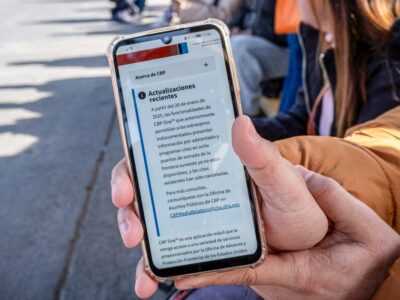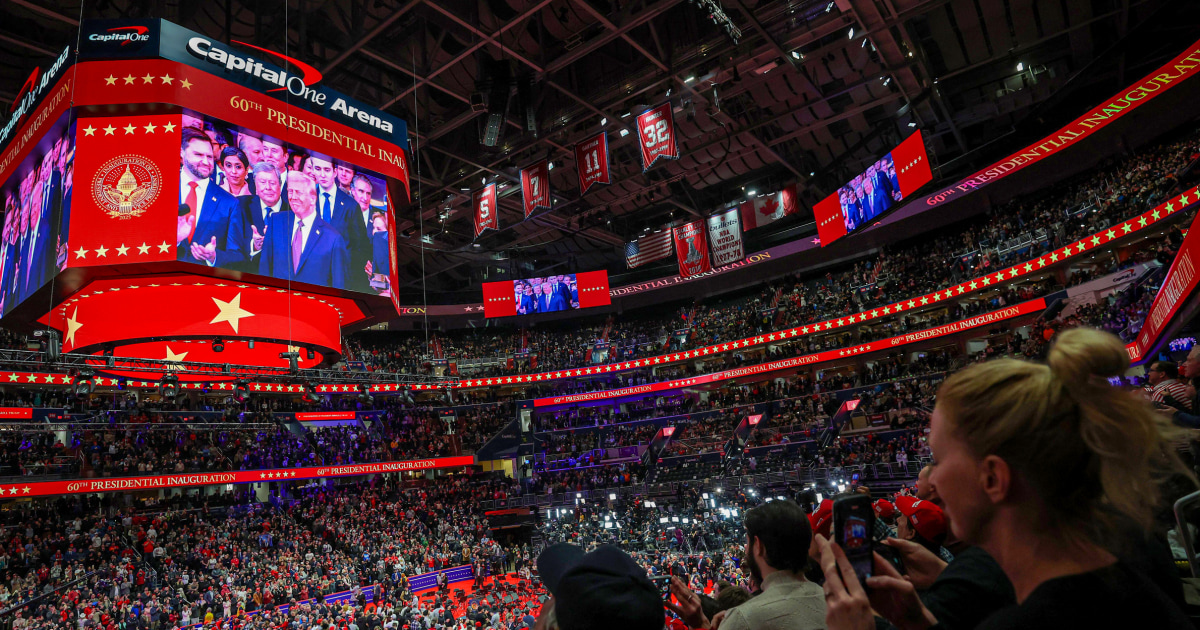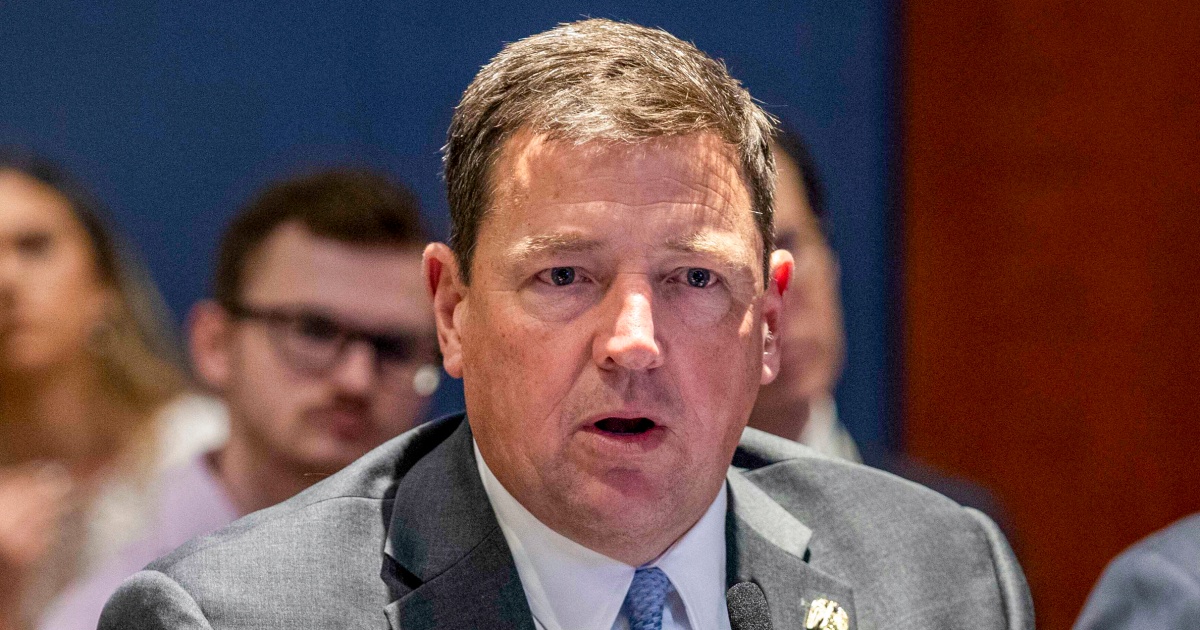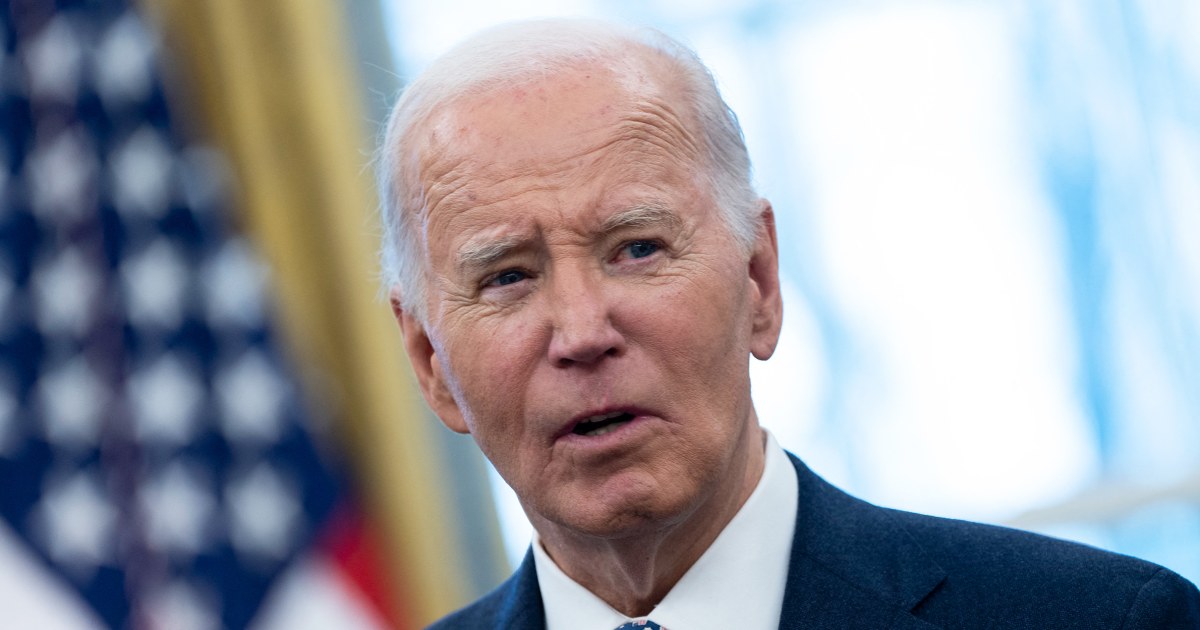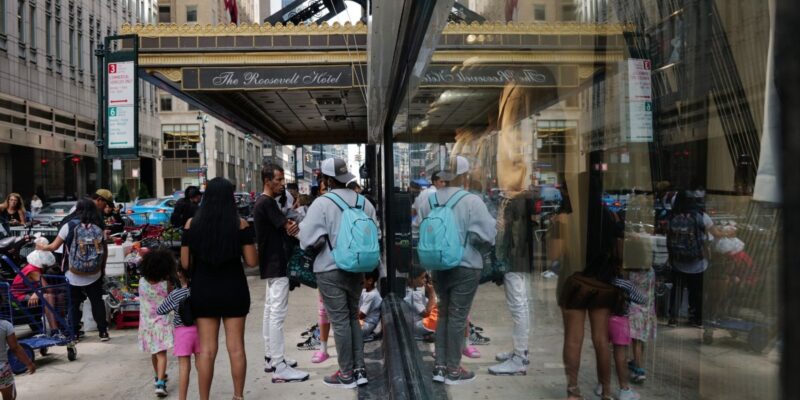
It doesn’t take more than a couple of strolls around the block on East 45th Street in Midtown Manhattan for the faces of New York City’s most recent arrivals to reveal themselves. On a relatively quiet Thursday afternoon in late September, the migrants calmly came and went through the front and side doors of the Roosevelt Hotel, the city’s main asylum intake center, which the New York Times recently described as the “new Ellis Island.” Some had been staying at the location, not far from Grand Central station, for a few days, others for several months.
Toddlers played with balloons and little scooters on the sidewalks and adults killed time chatting next to a row of parked motorcycles. Some awaited transportation to different shelters across the city. Others were figuring it out on their own. A family from Venezuela carried all their belongings piled up on a shopping cart as they slowly made their way to the subway to yet another hotel Downtown. By mid-afternoon, several children came back from school. One mother told me it’s only been a week since they arrived and her son is already enrolled in the school system. She was thankful for the information and assistance the city has been providing.
The scene I witnessed was admittedly different from the sight of dozens of people camping outside the packed Roosevelt Hotel as they waited to be processed just a few weeks ago. But it was also nothing like the imagery of an “invasion” or “national emergency” evoked by politicians and the anti-migrant protests that have cropped up in New York City, from Staten Island to Queens. What I saw instead was a demonstration of what even the most staunch anti-immigration hawks purportedly stand for: People trying to do the right thing, following the rules, and getting in the indefinable “line” of lawfully seeking asylum.
It would be hard to dispute that the arrival of more than 116,000 people since the spring of 2022 isn’t bound to affect any city’s infrastructure or budget, even one as rich as New York City. But in a national conversation increasingly framed—by Republicans and some Democrats alike—to vilify all migration, the migrants of New York City are the latest scapegoats. They are caught between a city’s long-standing commitment to welcome and shelter foreigners and those in need, and politically-driven zero-sum messages that pit citizens and residents against newcomers. When Mayor Eric Adams repeatedly says that migrants “will destroy” the city, a lot of people are likely to believe him.
The humanity of the migrants I saw outside the Roosevelt Hotel stood in stark contrast to the dehumanizing rhetoric displayed by some protesters espousing xenophobic views of migrants as criminals and threats. In Staten Island, 10 people were arrested after blocking a city bus carrying migrants to a former senior living facility converted into a shelter, and calls for secession have been reignited. When asked on NewsNation what was different about the recent arriving migrants and the millions who came through Ellis Island, a protest organizer refused to address the question, saying “I’m tired of hearing people saying we’re not humanitarians and Christians.”
When I stood outside the Roosevelt Hotel, one of the leading protesters came up to the concierge and asked why weren’t people like him allowed inside when their taxpayer money was paying for it. I don’t know what he was expecting to find, but all he would likely see would be exhausted families who have fled hardship and violence and are eager to stand on their own two feet.




